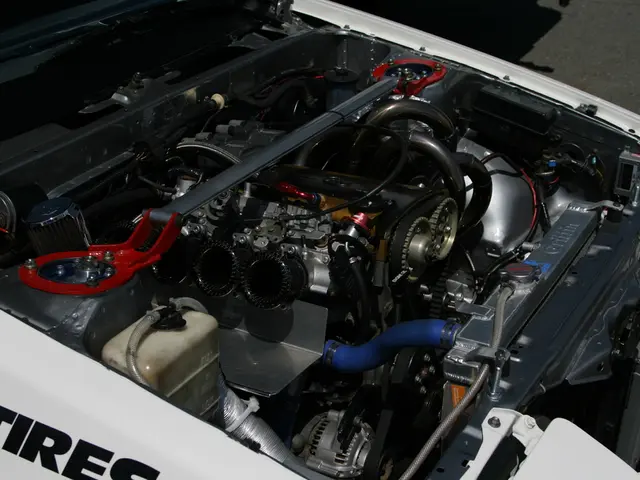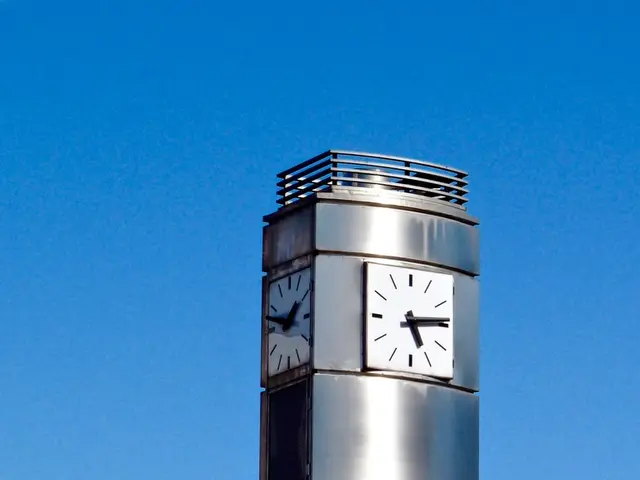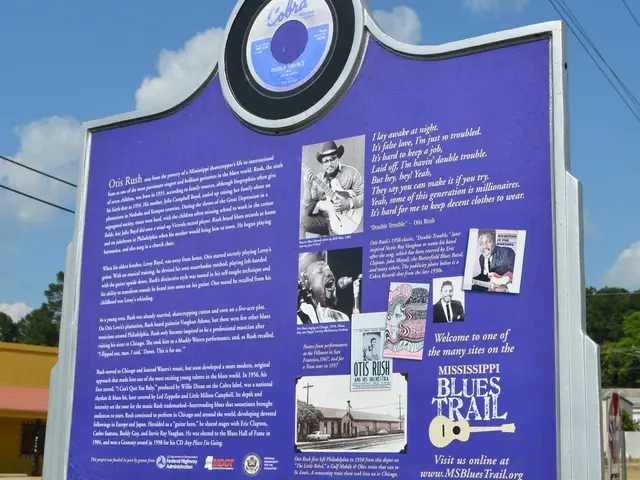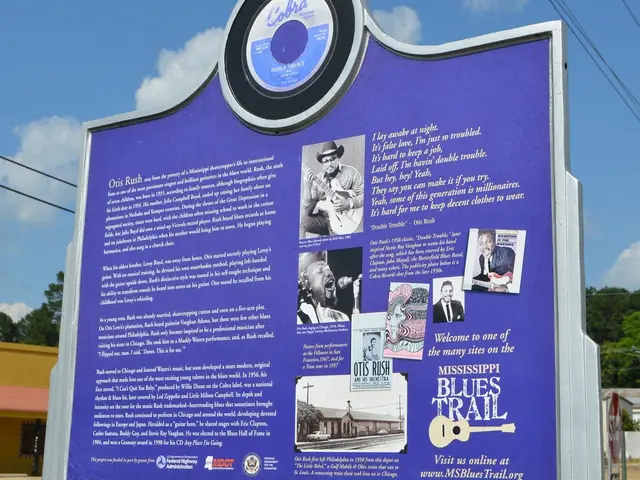Scientists Turn Coffee Waste and Plastic into CO2 Absorbent
Scientists at the University of Sharjah have made a groundbreaking discovery. They've developed a method to turn two common waste products - coffee grounds and plastic - into an effective CO2 absorbent. This innovation comes at a crucial time, as there's an urgent need for sustainable technologies to reduce greenhouse gas emissions.
The process, patented in March 2025, combines coffee waste, plastic (specifically PET bottles), and potassium hydroxide. It uses co-pyrolysis to create activated carbon with a high affinity for CO2. This material has a large surface area and high porosity, making it excellent for CO2 capture.
Annually, around 30 million tonnes of PET bottles and 15 million tonnes of coffee grounds are produced worldwide. Most of these end up in landfills or pollute the oceans. This new technology not only helps combat climate change but also addresses the global waste problem.
The University of Sharjah's innovation offers a dual solution. It repurposes waste into a valuable resource for CO2 capture, contributing to a cleaner environment. With further development, this technology could significantly impact the energy sector, improving processes like solvent recovery and natural gas purification. It's a promising step towards a more sustainable future.
Read also:
- Chile's $10B Green Energy Project Threatens World-Class Observatory
- Exploring Harry Potter's Lineage: Decoding the Enigma of His Half-Blood Ancestry
- Elon Musk Acquires 26,400 Megawatt Gas Turbines for Powering His AI Project, Overlooks Necessary Permits for Operation!
- Ontario terminates $100M Starlink agreement due to U.S. import taxes








